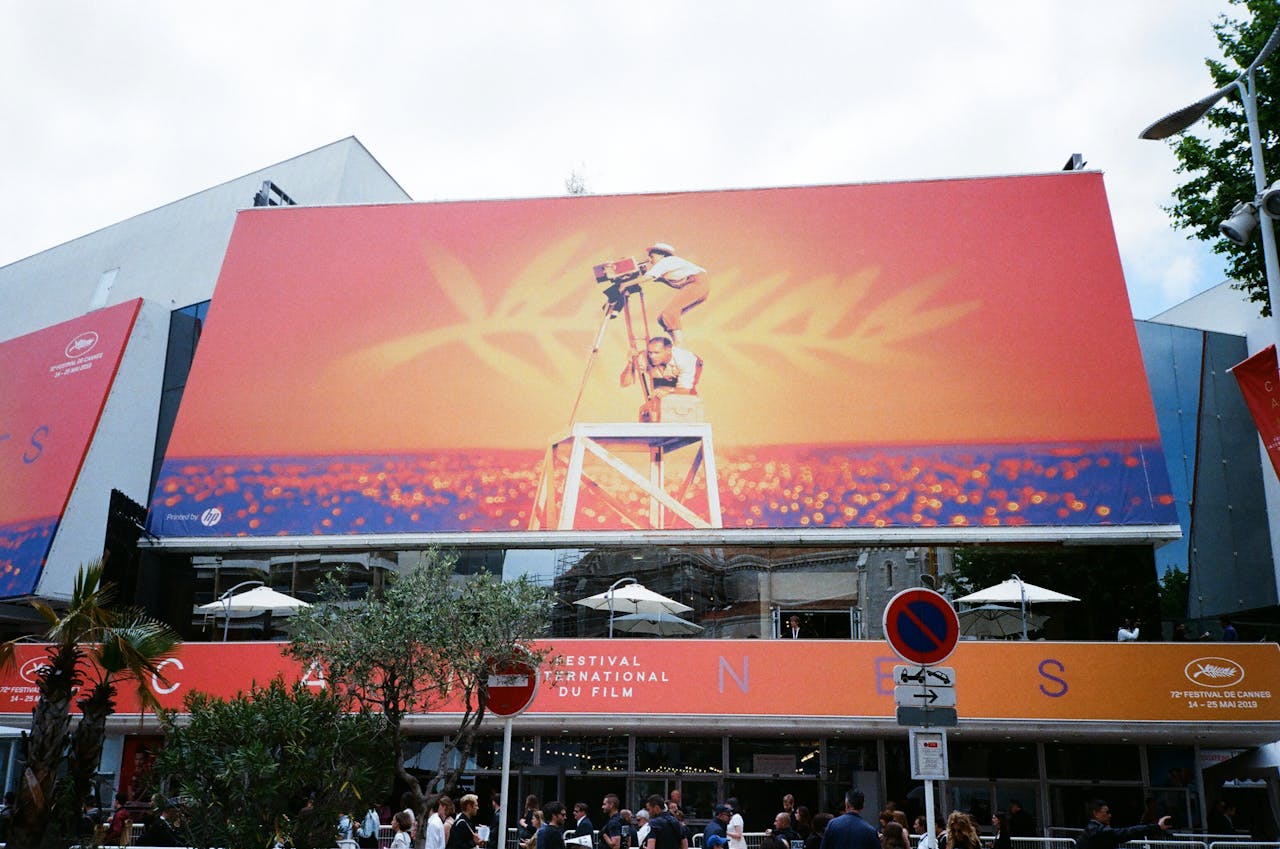
Introduction
In the realm of automotive restoration, advancements in printing technologies are revolutionizing the way classic cars are rebuilt and restored. From replicating rare parts to crafting custom components, advanced printing techniques offer unparalleled precision and customization options. This blog post delves into the world of automotive restoration with a focus on advanced printing technologies. We’ll explore how these innovative techniques are reshaping the restoration process, from preserving automotive heritage to pushing the boundaries of customization. Join us on a journey through the evolution, benefits, applications, and future trends of automotive restoration with advanced printing techniques.
The Evolution of Automotive Restoration
Automotive restoration has long relied on traditional methods such as manual fabrication and machining to repair and rebuild classic cars. These methods, while effective, often faced challenges in replicating intricate or rare components. However, with the advent of advanced printing technologies, a new era has dawned in automotive restoration.
3D printing, in particular, has emerged as a game-changer, allowing for the precise replication of even the most complex parts with unprecedented accuracy. This evolution marks a significant shift in the restoration landscape, opening up possibilities that were once unimaginable. From vintage car enthusiasts to professional restorers, the embrace of advanced printing techniques signals a transformative journey towards preserving automotive heritage and pushing the boundaries of customization in the automotive world.
Advanced Printing Technologies in Automotive Restoration
In the realm of automotive restoration, advanced printing technologies have revolutionized the way classic cars are repaired and rejuvenated. Leading the charge is 3D printing, a process that constructs three-dimensional objects layer by layer from digital models. This technique allows for the precise recreation of intricate parts and components that may be challenging or impossible to produce using traditional methods. Additive manufacturing, another cutting-edge approach, involves building up layers of material to form a finished product, offering flexibility and customization in design. Alongside these methods, CNC machining plays a vital role, utilizing computer-controlled tools to sculpt parts with exceptional accuracy and consistency.
These advanced printing technologies have found a prominent place in automotive restoration shops like SuperEuro European Auto Body Repair Shop in Vancouver, where skilled technicians leverage their capabilities to craft bespoke solutions for classic car enthusiasts. By harnessing the power of technology, these professionals can replicate vintage components with unparalleled precision, ensuring that each restoration project is completed to the highest standards of quality and authenticity.
Benefits of Advanced Printing Techniques
- Precision: Advanced printing technologies enable the creation of highly detailed and accurate replicas of original car parts, ensuring a perfect fit and finish.
- Customization: With advanced printing techniques, automotive enthusiasts can customize components to their exact specifications, incorporating unique designs and features.
- Efficiency: Advanced printing technologies streamline the restoration process by reducing the time and labor required to produce parts, resulting in faster turnaround times for projects.
- Overcoming Challenges: Advanced printing techniques can overcome challenges inherent in traditional restoration processes, such as sourcing rare or obsolete parts, by digitally recreating them with ease.
- Sustainability: By utilizing digital manufacturing methods, advanced printing techniques promote sustainability by minimizing material waste and energy consumption compared to traditional manufacturing processes.
Applications of Advanced Printing Techniques in Automotive Restoration
Replicating Rare or Obsolete Parts
One significant application of advanced printing technologies in automotive restoration is the replication of rare or obsolete parts. Traditional methods often struggle to reproduce intricate components accurately, especially if they are no longer in production. Advanced printing techniques, such as 3D printing and additive manufacturing, excel in recreating complex parts with precision, ensuring the authenticity and functionality of vintage vehicles. By digitally scanning existing components or designing from scratch, restoration specialists can produce exact replicas that seamlessly integrate into classic cars.
Creating Custom Body Panels
Another notable application lies in the creation of custom body panels for automotive restoration projects. Advanced printing technologies empower specialists to fabricate bespoke panels tailored to specific designs or modifications. Whether enhancing aerodynamics, refining aesthetics, or addressing structural integrity, custom body panels add a unique touch to classic cars. With advanced printing techniques like CNC machining and 3D printing, intricate designs and complex shapes can be realized with accuracy, contributing to the overall enhancement of vintage vehicle aesthetics and performance.
Interior Component Production
Advanced printing technologies extend their influence to the production of interior components in automotive restoration. From dashboard knobs to intricate trim pieces, these techniques enable the creation of custom interior components with precision and detail. By digitally sculpting and prototyping interior elements, restoration specialists can maintain the originality and charm of vintage vehicle interiors while incorporating modern features and materials. Advanced printing techniques facilitate the seamless integration of new components, ensuring a cohesive and authentic restoration experience for classic car enthusiasts.
Future Trends and Innovations
As automotive restoration continues to evolve, future trends and innovations in advanced printing techniques are expected to play a significant role in shaping the industry. With ongoing advancements in 3D printing, additive manufacturing, and digital scanning technologies, restoration specialists anticipate greater precision, efficiency, and versatility in replicating and customizing automotive components. Furthermore, advancements in materials science may lead to the development of novel materials specifically tailored for automotive restoration, offering enhanced durability, aesthetics, and performance. As these technologies mature, they have the potential to democratize automotive restoration by making it more accessible and cost-effective for enthusiasts. Ultimately, the future holds promise for continued advancements in advanced printing techniques, ushering in a new era of creativity, innovation, and authenticity in automotive restoration.
Conclusion
In conclusion, the integration of advanced printing techniques into automotive restoration represents a transformative shift in the industry, offering unparalleled precision, customization, and efficiency. From replicating rare parts to pushing the boundaries of design possibilities, these technologies are revolutionizing the way classic cars are restored and maintained. As we look ahead, the future of automotive restoration holds immense potential for further innovation and refinement of these techniques, ensuring that enthusiasts and professionals alike can continue to preserve and celebrate the rich heritage of classic automobiles for generations to come.